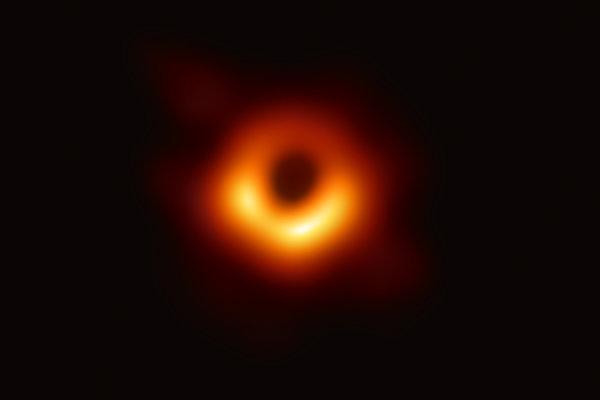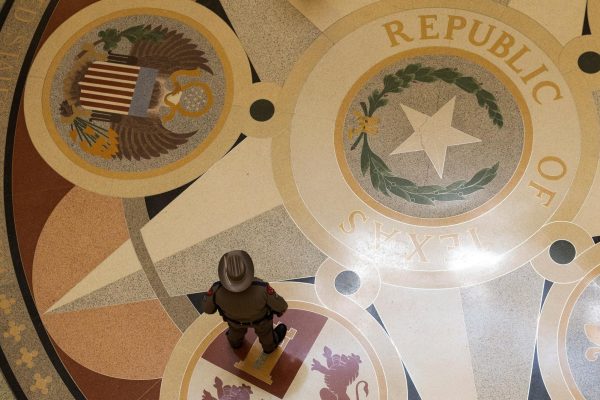Astronomers Capture First Image of the Black Hole

From Isaac Newton laying the foundation for space exploration, to the first satellite launched, and the first human to finally reach the moon, generations have been searching for answers as to how our universe works. With such a vast area to cover, there are many questions regarding what and who may be out there. But one thing we can no longer question is the look of a Black Hole.
Scientists from the National Science Foundation announced the morning of April 10, that they have captured the first photo of a supermassive black hole and its shadow at the center of galaxy M87. This would be the first source of optic evidence that black holes exist.
The M87 supermassive black hole is believed to be the largest of its kind visible from Earth. Black holes are usually perceived as invisible because gravity pulls all sources of light toward the center then casts a large shadow, however, they are able to be spotted because of the other space materials it interacts with.
So what exactly are black holes? According to NASA, a black hole can be defined as a place in space where gravity pulls so much, that even light cannot escape. They are thought to be formed after a star dies in an event called a supernova where a star explodes into space. The size of a black hole varies from the size of an atom to a “supermassive”, which is the size captured in the photo.
If it’s invisible, how did they capture it on film? For over a decade, the Event Horizon Telescope (EHT), a network of eight radio telescopes spanning across locations from Antarctica to Spain to Chile, along with more than a decades worth of effort by 200 scientists has done significant research that has allowed us to view the black hole.
This photo has allowed us to forward Albert Einstein’s Theory of General Relativity which predicts that a sufficiently compact mass can deform spacetime to form a black hole, as well as Stephen Hawking’s theory of “Hawking Radiation,” which is that blackbody radiation is predicted to be released by black holes. This photo is only a step into millions of questions and discoveries until we figure out how this universe functions.

Hey Im Taylor! I'm a senior here at Langham, a lover of quesadillas, a wannabe pro skier, a fan of all things outdoors and said to be similar to Jessica...






